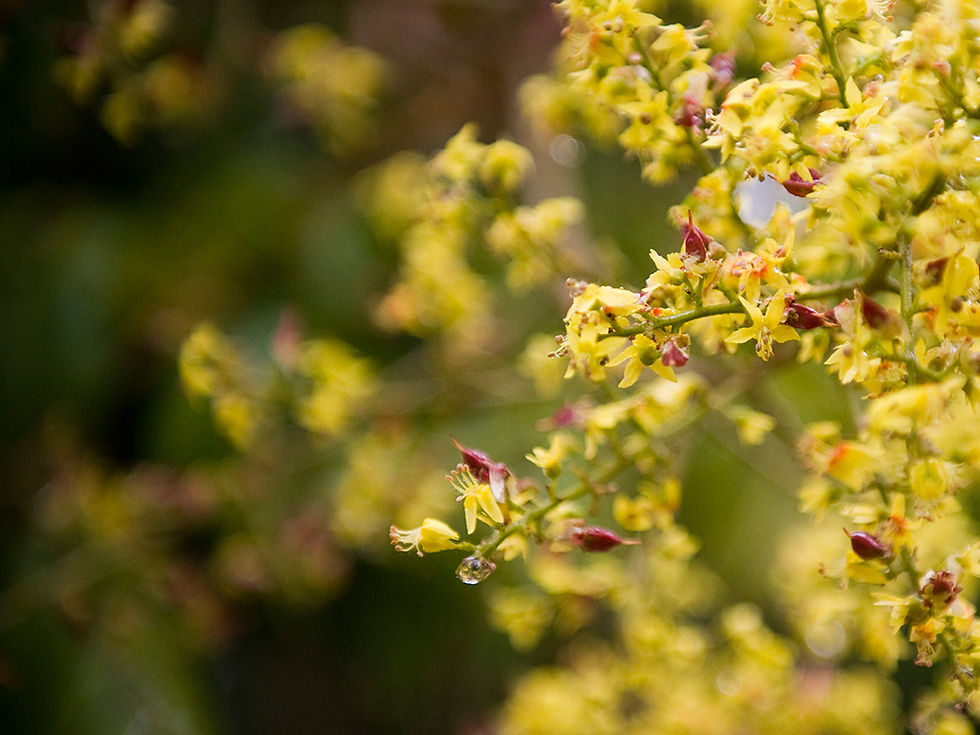
BIODIVERSITY ON GREEN ROOFS
From tiny soil-dwelling insects to large birds of prey, a diverse array of wildlife finds food and shelter on urban green roofs.
Green roofs are wildlife habitats, so keep wildlife in mind when designing them. Try to use native plants when possible and avoid using pesticides. Avoid allowing pet cats out on the green roof, especially during migration. Importantly, avoid large windows close to vegetation or install bird-friendly glass treatments so that you can avoid causing bird collisions.
Birds on Green Roofs
Birds use New York City in all seasons of the year. Some birds breed in NYC, some spend their winters here, and others pass through spring or fall migration. In many parts of NYC, birds don’t have access to enough green space to find the food and shelter they need. Green roofs can provide habitat in areas where birds may not otherwise be able to survive.
Over 48 bird species have been recorded using green roofs in NYC. The majority use green roofs during spring and fall migration. During migration, birds travel long distances, but they need to refuel from time to time. Green roofs act as stopover sites, where birds forage on the abundant insect community found there.
-
Urban green roofs provide habitat for migrating and breeding birds and their arthropod prey
-
The impact of free-ranging domestic cats on wildlife of the United States
-
Native plants improve breeding and foraging habitat for an insectivorous bird



















Credit: American Natural History Museum Bats in Central Park
Bats on Green Roofs
Bats are an important component of ecosystems and help protect people by keeping pest insect populations under control. In North America, many bat species are imperiled due to white-nose syndrome or habitat loss. Green roofs provide habitat for bats in the city.













Arthropods on
Green Roofs
Arthropods are invertebrates with exoskeletons, including bees, true bugs, spiders, and ants. Arthropods provide food for other wildlife, pollinate plants, control pest species, decomposing plant material, and cycle the soil.
The area surrounding a green roof and the connectivity of a green roof influences which arthropods are found, as does green roof design. Green roofs in NYC host a higher arthropod richness and abundance than non-green conventional roofs and can play an important role in increasing arthropod diversity across the city.
-
Habitat connectivity shapes urban arthropod communities: the key role of green roofs
-
Worldwide decline of the entomofauna (insects): A review of its drivers

























Plants on Green Roofs
Plant diversity on green roofs is determined by the depth of the growing medium. In NYC, several native plant species are known to survive on green roofs of varying depths, and more are being tested by researchers. In addition to what is planted intentionally, new plant species will colonize green roofs, increasing plant diversity.
Introducing plants on a previously impervious roof surface creates habitat for microbes, fungi, arthropods, birds, and bats. At ground level sites, native plants provide a better habitat for native wildlife and the same is likely true for green roofs. However, more research is needed on which native plants can survive on green roofs in NYC.
-
Plant Colonization of Green Roofs Is Affected by Composition of Established Native Plant Communities



















Microbes on Green Roofs
Several groups of microbes, including mycorrhizal fungi, decomposer fungi, N-fixing bacteria, and pathogens, are important for the functioning of non-constructed ecosystems, and likely have implications for green roof design and maintenance. These functional groups interact with certain plant taxa and soil properties in complex ways.
The fungal communities of green roofs are compositionally distinct from those in city parks, and only 54 percent of the green roof microbial taxa were found in park soils. Across the city's green roofs, fungal communities are geographically clustered, indicating that local factors such as edaphic variations, wind patterns, and dispersal from proximate parks that may have shaped fungal assemblages.

















